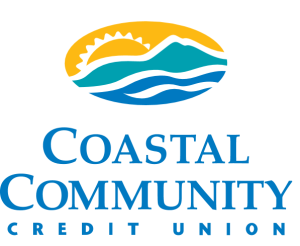 VANCOUVER ISLAND – As the last few years have shown, change is now a constant in the workplace. More than ever, employees are required to be flexible and adaptable, whether they are getting a new manager, new responsibilities, or new technology.
VANCOUVER ISLAND – As the last few years have shown, change is now a constant in the workplace. More than ever, employees are required to be flexible and adaptable, whether they are getting a new manager, new responsibilities, or new technology.
Neuroscience – the study of the human brain – has discovered that our brains react to change the same way they react to threat, resulting in our instinctual reaction to fight, flight or freeze, which is great if you are facing a bear, but can make workplace changes and updates frustrating or seemingly impossible.
Fortunately, there are tools based on neuroscience that you can use with your team to help them manage the impact of change at work. For example, at Coastal Community Credit Union, we use the SCARF model, developed by Dr. David Rock in 2008. The SCARF model identifies five domains of social experience that are vulnerable to threat or reward. We’re hardwired to move toward reward and away from threat. By understanding these 5 domains, we can anticipate the impact of the change and work to minimize threat and maximize reward.
What are the 5 domains of the SCARF model?
- Status – Our perception of where we are in relation to others.
- Certainty – Our confidence that we can predict what is coming.
- Autonomy – Our level of perceived control over events.
- Relatedness – Our sense of safety with others
- Fairness – Our perception of impartiality and justice
The goal of change management is to successfully implement the identified change. By leveraging the SCARF model, we support this process. Here’s how we do it…
A facilitator from our HR team shares SCARF’s five domains with an appropriate group of employees. The next steps are to:
- Word storm ways that the coming change will create (real or perceived) threat to each segment.
- Repeat the process, word storming ways that the coming change will create (real or perceived) reward to each segment.
- Decide on one concrete action that will minimize one threat and maximize one reward for each segment.
When planning your next big change, try leveraging neuroscience-based resources as part of your change management planning. Working with the brain’s natural processes may make for a more successful implementation.
Gina Galway. CPHR, B.A. is HR Advisor, Learning and Development, for Coastal Community Credit Union.

